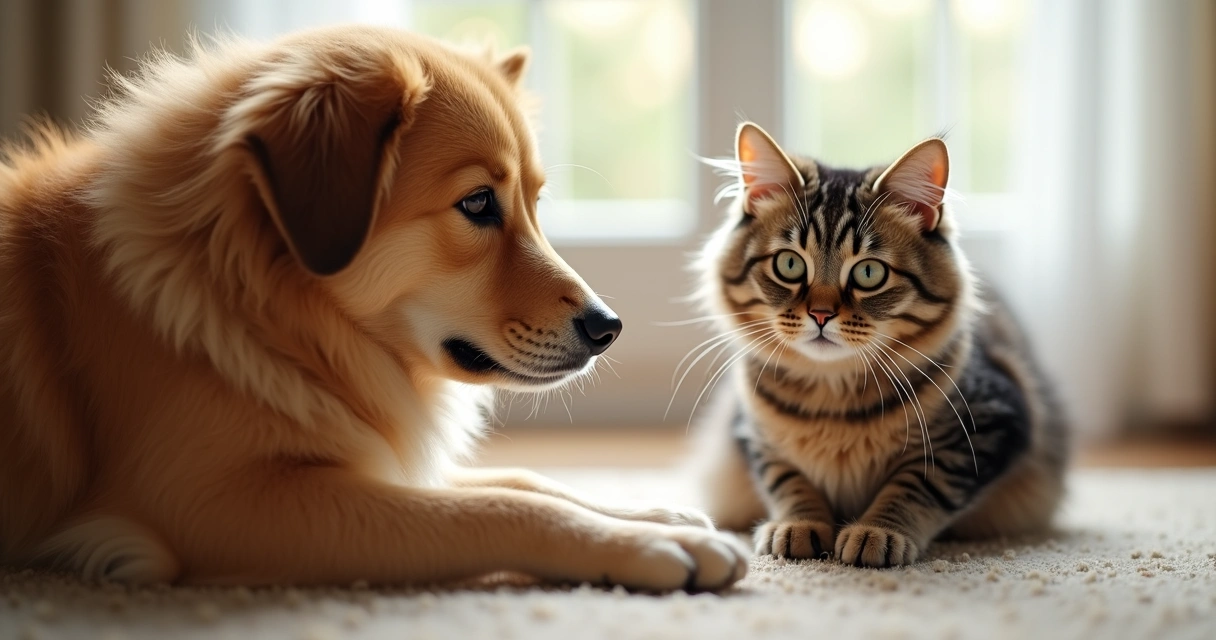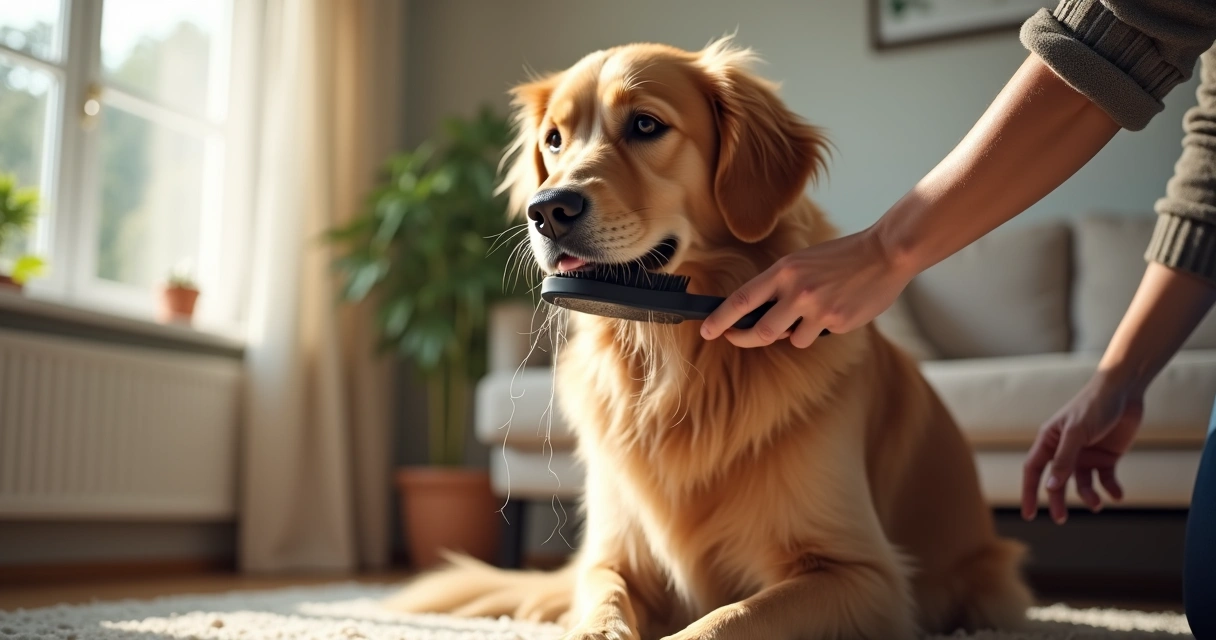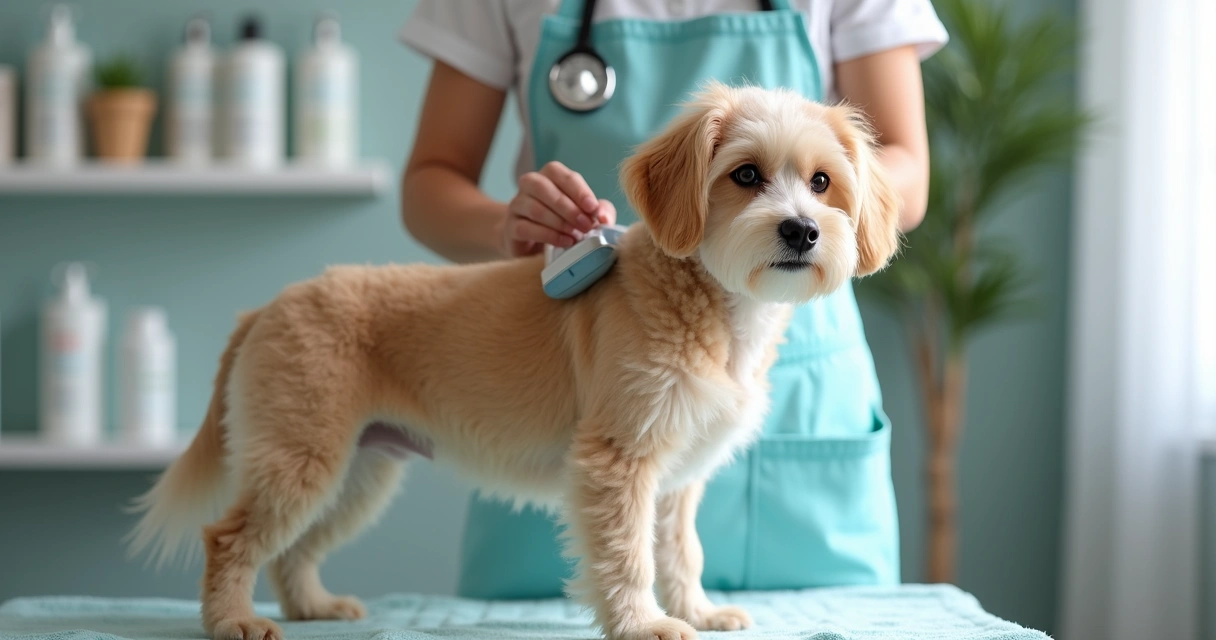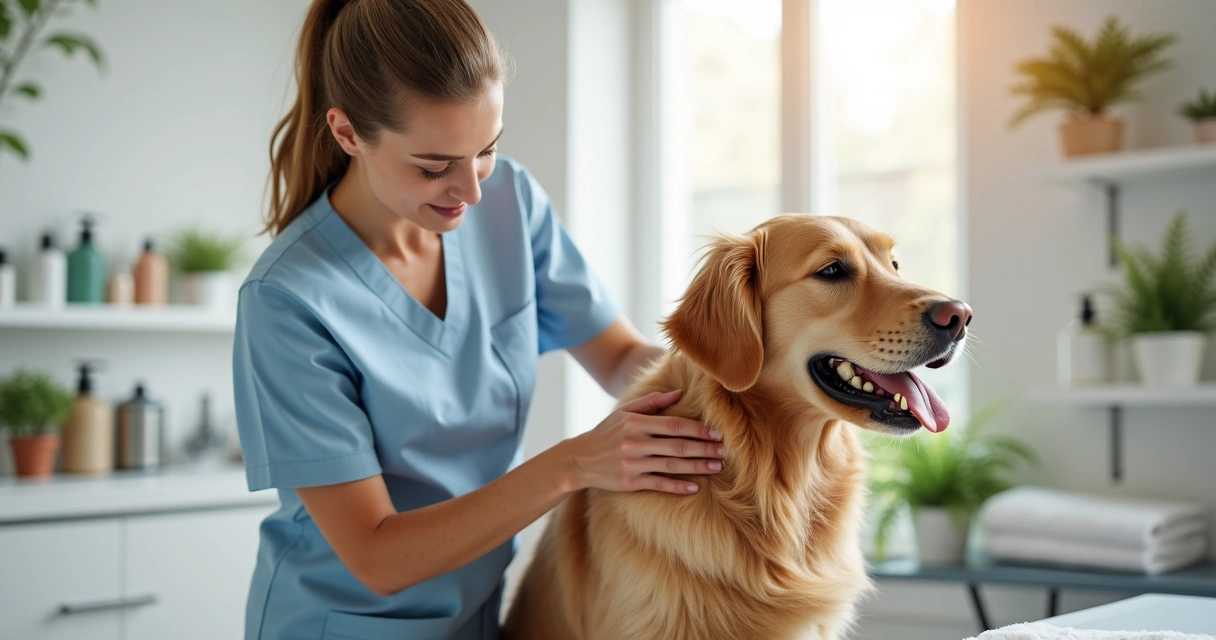Over the years, I’ve watched cats and dogs turn grooming into an art form. But when licking, biting, or scratching goes too far, what starts as a healthy habit can quickly create problems. Overgrooming is surprisingly common, but I often notice pet owners feel unsure about what is “normal” or how to help. If you’re worried your furry companion is crossing the line from tidy to troubled, you’re not alone.
What is normal grooming behavior?
Watching my own pets tidy up, I’m always reminded how much energy they spend on it. For cats, grooming typically takes up about 4% of their day—or about 8% of their active (non-resting) time, according to research estimated by animal behavior experts. Dogs, while less meticulous, still devote a portion of their day to self-care, especially after eating, playing, or exploring outside.
- Cats will lick, nibble, and swipe with their paws.
- Dogs may lick themselves, scratch, nibble at itchy spots, or even roll on surfaces to scratch harder-to-reach places.
The key with all pets is rhythm. There should be breaks—play, meals, naps. Grooming that is constant, fixated, or leads to missing fur is a red flag.
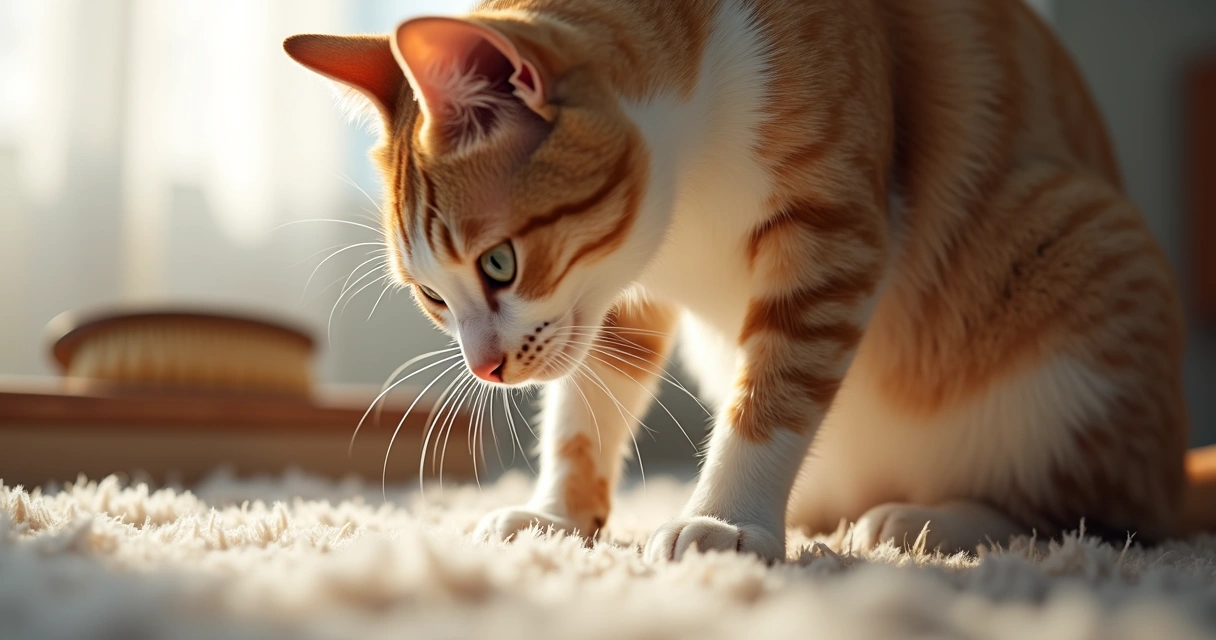
How to recognize overgrooming
To me, the signs of overgrooming stand out if you know what to look for. Here are some of the main clues I watch for in cats and dogs:
- Thinning fur or bald spots, especially on the legs, belly, or above the tail.
- Red, irritated, or broken skin.
- Scabs, sores, or pimple-like bumps from excessive licking or scratching.
- Regular wet patches of fur or skin from salivary staining.
- Chewing or biting at the same spot repeatedly.
Bald spots aren’t just about shedding—sometimes, they’re a sign your pet is hurting themselves to cope.
Interestingly, a study at two Midwest veterinary schools found that 6% of cat owners noticed their cats groom excessively at least once a month, so if you’re seeing these patterns, you are not alone (study at two Midwest veterinary schools).
Why do cats and dogs overgroom?
In my experience, overgrooming rarely has just one root cause. Usually, it is a mix of the following:
- Allergies: Skin reactions to food, pollen, or dust mites can leave pets desperate for relief.
- Parasites: Fleas, mites, or ticks are notorious culprits. One bite can set off days of grooming.
- Skin infections: Bacteria or yeast can turn a small itch into a persistent source of discomfort.
- Pain: Sometimes, pets lick or chew at painful joints or sore spots to soothe themselves.
- Stress and anxiety: Environmental changes, new people, or the addition of another pet can all trigger anxiety-related grooming. In cats, stressors have been strongly linked to overgrooming and even hair loss (research on psychogenic alopecia in cats).
- Habit: What begins as relief can turn into obsessive behavior, like sucking a thumb in people.
I’ve noticed that some pets, especially those lacking regular grooming by their owners, may also take matters into their own paws. In a comprehensive survey, 92% of pet owners admitted facing at least one barrier to adequate grooming, with many struggling with three or more—a statistic that might explain why some animals try so hard to self-soothe (survey on pet grooming practices).
How can you help your pet?
I’ve learned over time that addressing overgrooming is rarely a quick fix. Here are some practical tips:
1. Rule out medical causes first
If you suddenly notice bald patches or irritated skin, your first step is always to check with a veterinarian. Problems like allergies, infections, or parasites must be treated at the source. Overgrooming isn’t just a quirk—it can be a symptom.
2. Reduce stress and boredom
Many cats and dogs overgroom as a way to cope with anxiety, so I always advise pet owners to look carefully at the home environment. Major changes, loud sounds, or a lack of hiding places can be especially tough on cats. Dogs may need extra reassurance, routine walks, and playtime to help reduce nervous habits.
- Safe spaces: Quiet spots in the home—under a bed, behind a couch—for privacy.
- Play and enrichment: Puzzle toys, interactive feeders, or gentle training sessions can all help distract from grooming.
- Routine: Keeping feeding, walks, and playtime on a regular schedule.
3. Improve grooming routines
Regular brushing and maintenance can make a world of difference. I work with many families who simply didn’t realize half the battle is access—a surprising 32% of U.S. cat owners don’t even own a brush (data indicate that 32% of U.S. cat owners). At Dogtown, we focus on providing personalized grooming for dogs and cat grooming that keeps fur clean, skin healthy, and pets relaxed without the stress of at-home battles.
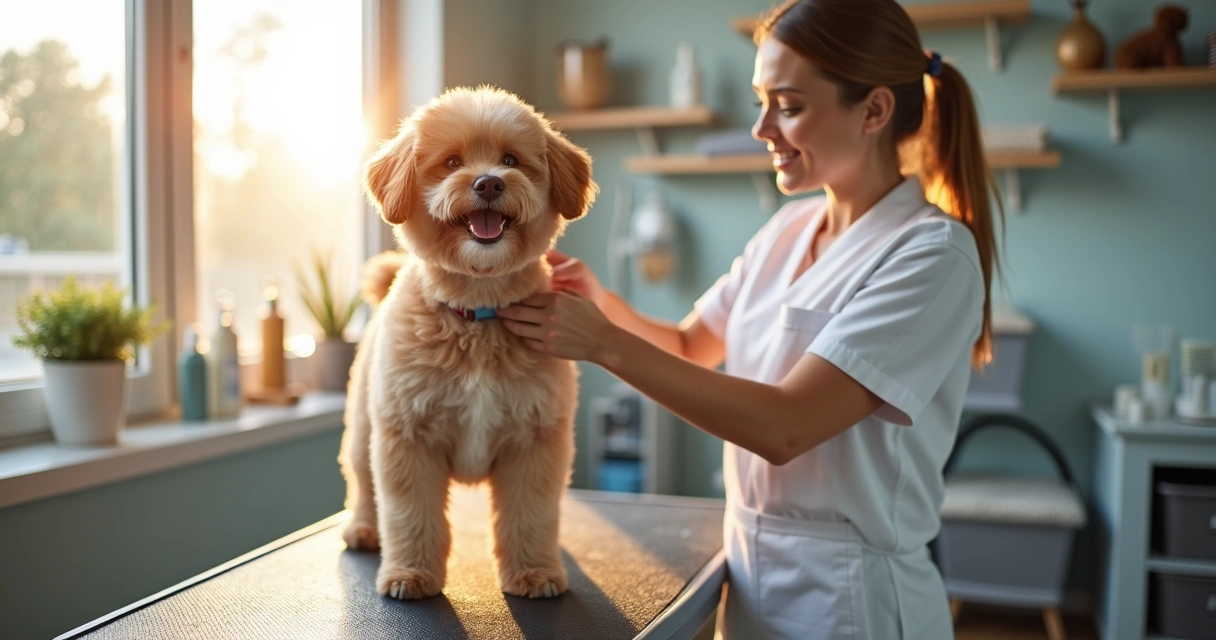
4. Offer expert support when patterns persist
If you’ve addressed the basics and grooming problems continue, it may be time for behavior support. I’ve worked with many pet parents at Dogtown to design targeted training sessions for both dogs and cats, often mixed with stress-reducing activities like playgroups or quiet solo time. Our training options offer ongoing support so habits don’t sneak back when no one’s looking.
5. Consider care when you need a break
Sometimes, the best thing for a pet is new stimulation, attention, or just a temporary change of scene. Facilities like boarding options and dog daycare at Dogtown can help pets socialize, reduce anxiety, and experience healthy routines, which can make a big difference for anxious or obsessive groomers.
New experiences can interrupt old patterns.
Small moments, big changes
If I’ve learned anything, it’s that spotting early signs of overgrooming offers a gentle way to protect your pet’s health and comfort. While it may feel overwhelming at first, even small adjustments—like a new brush, a change in routine, or asking for outside help—can set your best friend on a much happier path.
At Dogtown, I see every day how a thoughtful, personalized approach leads to lasting change. Interested in a better experience for your furry friend? Schedule a pre-enrollment assessment or reach out to explore our tailored services. Your pet’s joy, health, and comfort are worth it!
Frequently asked questions about overgrooming in cats and dogs
What is overgrooming in pets?
Overgrooming is when a cat or dog licks, bites, or scratches themselves so much that it causes hair loss, redness, sores, or damage to the skin. This is beyond what you’d consider normal, healthy self-care. It can be a sign of stress, allergies, pain, or behavioral struggles.
How can I tell if my pet overgrooms?
I look for signs like bald spots, consistently damp fur, scabs, or visible irritation—especially when the animal seems fixated on a single spot. Frequent self-grooming with little time spent playing, sleeping, or eating is suspicious as well. If you notice skin changes or your pet seems restless or unhappy, it’s often worth talking to your veterinarian.
What causes overgrooming in cats and dogs?
Common causes include allergies, parasites (like fleas or mites), skin infections, pain, boredom, and stress. In cats, stressful changes at home are a well-documented trigger. Sometimes, it becomes a habit after an initial problem is resolved.
How do I stop my pet from overgrooming?
I recommend starting by working with your vet to rule out medical causes. After that, make sure your pet’s environment is calm and interesting. Offer regular play, appropriate toys, and, if possible, professional grooming support like the kind available at Dogtown. Training and stress-reduction can address ongoing behavioral causes. Sometimes, professional help is best for stubborn patterns.
When should I see a vet for overgrooming?
If you observe bald patches, wounds, or sudden changes in behavior, or if your pet seems distressed, it’s time to see a veterinarian. Quickly addressing medical factors keeps problems from getting worse and can prevent more serious long-term issues.


